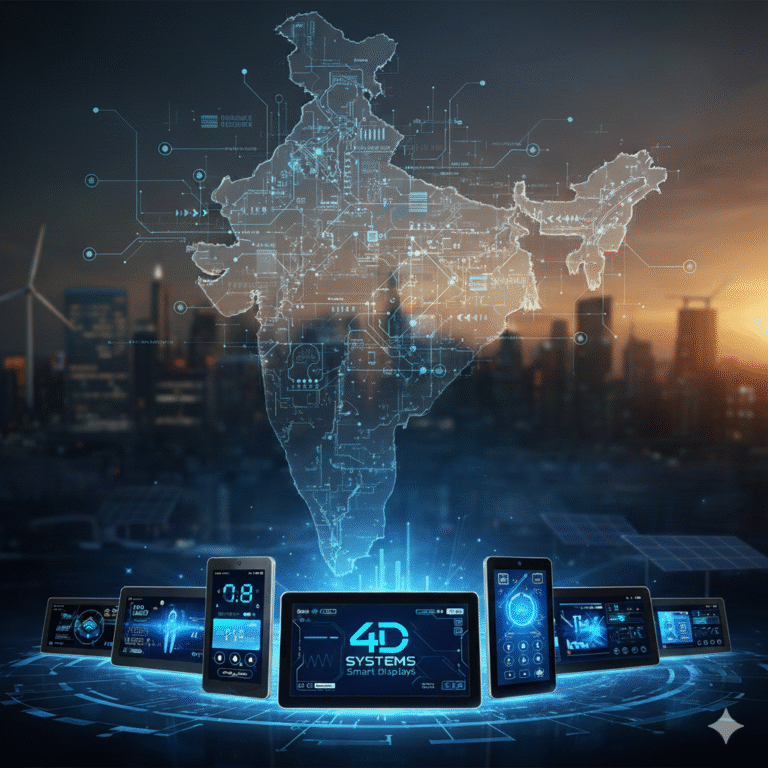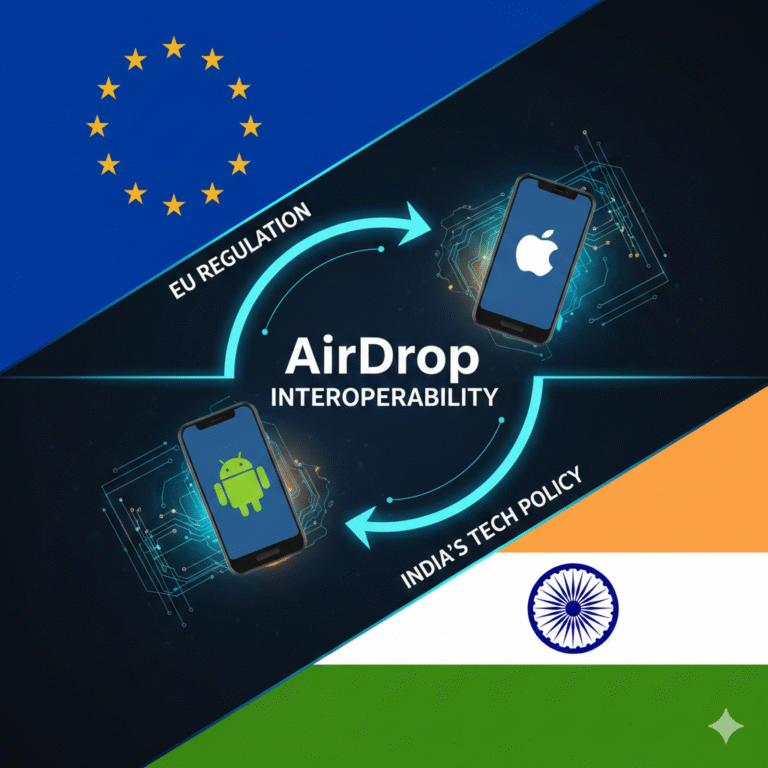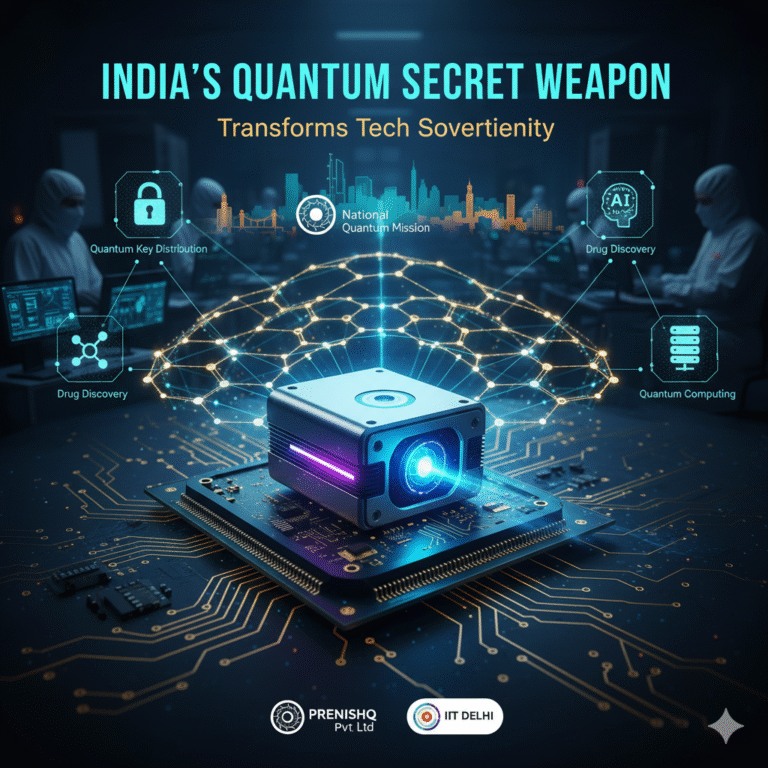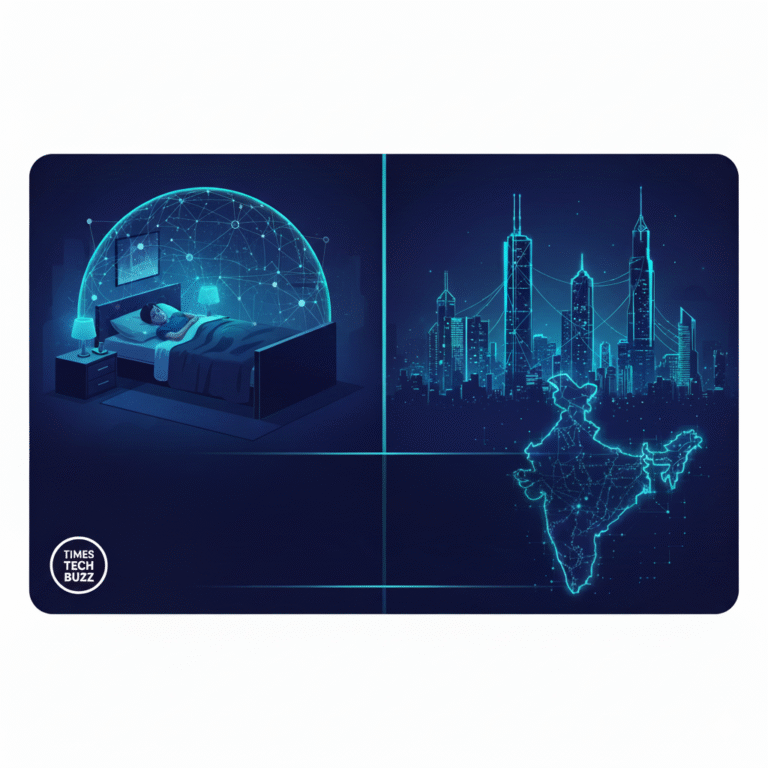On 18 May 2025, the Indian Space Research Organisation (ISRO) successfully launched its EOS-09 earth-observation satellite aboard the Polar Satellite Launch Vehicle (PSLV-C61) into a sun-synchronous polar orbit. This landmark mission—PSLV’s 63rd flight—showcased India’s growing prowess in reliable launch services and advanced remote-sensing capabilities. Over the next sections, we’ll explore the mission’s background, vehicle design, payload suite, scientific and societal benefits, and the challenges ahead.
ISRO’s PSLV: From Maiden Flight to Workhorse
1.1 Early Days and Evolution
- First Launch (PSLV-D1, 1993): A mixed success, but provided key lessons in vehicle staging and guidance.
- Reliability Milestones: By PSLV-C61, 63 launches with 61 full successes—making it one of the world’s most dependable medium-lift rockets.
1.2 Configuration and Variants
- Core-with-Strap-Ons (PS0): Six solid boosters augment lift-off thrust.
- Four-Stage Stack: Alternating solid (PS1 & PS3) and liquid (PS2 & PS4) stages enable both raw power and precise orbital insertion.
- XL & QL Variants: Enhanced strap-on versions for heavier payloads; C61 used the standard configuration optimized for a single 1,200 kg satellite.
Mission Rationale: Why EOS-09 Matters
2.1 The Case for Sun-Synchronous Orbits
- Consistent Illumination: Fixed local solar time passes let scientists compare imagery across days, seasons, and years without lighting biases.
- Global Coverage: Polar inclination (~98°) ensures every point on Earth is revisited regularly—critical for time-series environmental monitoring.
2.2 Addressing India’s Needs
- Agricultural Planning: Near-real-time crop health indices help forecast yields and optimize resource allocation.
- Disaster Response: Rapid flood mapping and landslide risk assessment improve emergency planning.
- Climate Research: Long-term atmospheric profiling informs models of monsoon patterns, pollution transport, and greenhouse-gas dynamics.
Vehicle Profile: PSLV-C61 Technical Highlights

3.1 First Stage & Strap-Ons
- Solid Propellant (HTPB): 138 tonnes delivering ~4,800 kN of thrust.
- Ground-Lit Boosters: Six PS0s ignite at T-0, jettisoned at ~104 s as the core stage burns on.
3.2 Liquid Core (PS2) and Fourth Stage (PS4)
- PS2 Engine: UH25/AFN2 + N₂O₄ engine provides restart capability for trajectory shaping.
- PS4 Cryogenic Analog: Earth-storable MMH/N₂O₄ for precise circularization and fine orbital maneuvers.
3.3 Third Stage & Avionics
- PS3 Solid Motor: Rekindles altitude gain after PS2 cutoff.
- Navigation/AOCS: Upgraded inertial measurement units and on-board computer—allowing autonomous anomaly handling and precision injection within ±2 km.
EOS-09 Payload Suite
4.1 Panchromatic & Multispectral Imager (PMI)
- 0.5 m Pan, 2 m Multi: High-resolution black-and-white and four multispectral bands (RGB + NIR).
- Applications: NDVI crop‐health mapping, urban planning, shoreline change detection.
4.2 Hyperspectral Imaging Spectrometer (HIS)
- 200+ Bands (400–2,500 nm): Captures subtle spectral signatures—ideal for mineralogy, vegetation stress, and water‐quality monitoring.
4.3 Atmospheric Limb Sounder (ALS)
- Vertical Profiling: Occultation measurements of ozone, water vapor, and trace gases at the stratospheric limb—key for climate and air‐quality models.
4.4 On-Board Processing & Data Relay
- Edge Compute Module: Real-time data compression (~60%) and preliminary change detection to prioritize downlink.
- Laser Inter-Satellite Link Demo: Rapid relay to geostationary satellites—reducing latency in urgent scenarios.
Flight Timeline
| Event | Time After Launch | Notes |
|---|---|---|
| Liftoff | T-0 | SDSC-SHAR, Sriharikota |
| PS0 Jettison | +104 s | Strap-ons separate |
| PS2 Ignition | +110 s | Liquid core takes over |
| PS2 Cut-Off & PS3 Ignition | +265 s | Solid third stage ignites |
| Fairing Separation | +476 s | Atmosphere thinning |
| PS4 Burn & Injection | +1,750 s | Final circularization at 730 km SSO |
| Solar Array Deployment | +2,000 s | Power generation begins |
Societal & Scientific Impact
6.1 Agriculture & Food Security
- Yield Forecasting: NDVI trends fed into AI models produce more accurate crop‐yield predictions up to two weeks earlier.
- Precision Farming: Startups leverage EOS-09 feeds to optimize irrigation and fertilizer application—boosting yields and sustainability.
6.2 Disaster Management
- Flood-Extent Mapping: Multispectral flood masks enable rapid damage assessment; used by National Disaster Response Force (NDRF) for targeted evacuations.
- Landslide Risk Monitoring: Time-series slope‐stability analyses flag hot spots before failures occur.
6.3 Climate & Environmental Research
- Ozone & GHG Tracking: ALS data refine IPCC climate models, improving regional projections of monsoon shifts and heat‐wave frequency.
- Pollution Transport: HIS hyperspectral columns detect aerosol types, tracing dust and industrial plumes across South Asia.
6.4 Commercial & International Collaboration
- Value-Added Services: Indian SaaS firms incorporate EOS-09 APIs into GIS dashboards for utilities, mining, and urban planning.
- Global Partnerships: Data-sharing MoUs with UN FAO, CEOS, and academic consortia—promoting open science and capacity building.
Challenges & Future Directions
7.1 Technical Hurdles
- Monsoon Cloud Cover: Optical payloads hindered by seasonal clouds; ISRO planning a complementary SAR constellation for all-weather imaging.
- Data Overload: Even with compression, ~12 TB/day demands continual ground-station and chain-of-custody upgrades.
7.2 Next-Gen Enhancements
- Constellation Vision: A network of six EOS-series satellites with 10–15 min revisit times—approaching real-time monitoring.
- On-Board AI Tasking: Autonomous anomaly detection triggers rapid retasking—vital for unfolding disasters.
Conclusion
PSLV-C61’s flawless deployment of EOS-09 cements ISRO’s stature in dependable launches and advanced Earth observation. From bolstering food security and disaster resilience to driving climate research and commercial innovation, EOS-09’s data promise long-term benefits for India and the global community. As follow-on constellations and AI-driven tasking evolve, our “eyes in the sky” will only grow sharper—guiding sustainable development on a changing planet.
Disclaimer: This article is based on publicly available information as of May 2025. Mission parameters and outcomes may evolve with ongoing ISRO updates.










+ There are no comments
Add yours